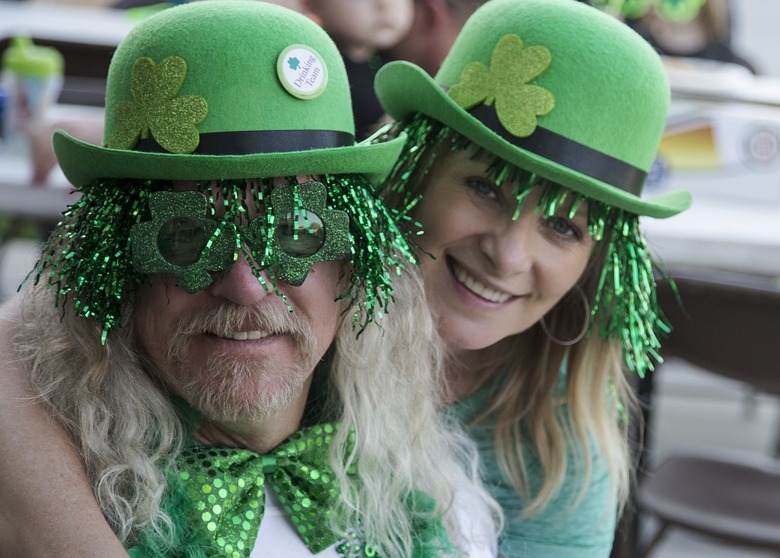Gallery
Photos from events, contest for the best costume, videos from master classes.
 |  |
 |  |
 |  |
 |  |
 |  |
 |  |
ST. PATRICK’S DAY EXTRAVAGANZA AT THE STATION . With a special St. Patrick’s menu and green beer, The Station in San Juan Capistrano is ready to celebrate this holiday in style. In addition to the colorful dining options, The Station will also be hosting Green Today (Green Day Tribute Band) for an exciting and memorable performance. The St. Patrick's Day celebrations we recognize today are actually a product of Irish immigrants in America. Parades sprung up in major U.S. cities in the 1700s, including Boston and New York City. Whether you choose to wear green or orange—or perhaps even both—on St. Patrick’s Day, it’s important to remember that this holiday is about more than just festive attire. It’s an opportunity to celebrate Irish heritage in all its complexity while also striving for unity and peace—a sentiment embodied by the white stripe sandwiched Why Is It Bad To Wear Orange on St Patrick’s Day? It's considered bad to wear orange on St. Patrick's Day because the color orange is associated with the Protestant community in Ireland, particularly with the Orange Order, which commemorates the victory of Protestant King William of Orange over the Catholic King James II in the Battle of the Boyne in 1690. Nonetheless, St. Patrick's Day was co-opted by Protestants, who opted to don their representative orange instead of green for the day. The white stripe separating the green and orange ones on the country's flag is indicative of the unity both religions maintain, meaning there's no bad blood no matter what color you don. Although orange may not be the traditional color we see on St. Patrick’s Day, for others it is an important symbol of their faith and heritage. The color orange is traditionally worn to honor William of Orange, a Protestant king who defeated the Catholic King James II in the late 17 century, according to Encyclopedia Britannica. This event Incorporating orange and green into St. Patrick’s Day outfits can be a creative way to celebrate and acknowledge Ireland’s diverse heritage. History of Wearing Orange on St Patrick’s Day. Wearing orange on St. Patrick’s Day has its roots in Irish history, specifically, the events surrounding the Battle of the Boyne in 1690. To understand why some people wear orange, you first have to understand why people wear green. St. Patrick's Day is a Roman Catholic holiday that was first celebrated in Ireland starting in 1631. Wearing green on St. Patrick's Day (supposedly!) makes you invisible to the leprechauns, so we’re sure you can gather what happens if you don’t wear green on March 17. Blue was originally the While the vast majority of people wear green on St. Patrick’s Day, some may wear orange to symbolise Protestant heritage or solidarity with Northern Ireland. However, if you’d like to know why some people wear orange on St. Patrick’s Day in Ireland and elsewhere, you’ll find all you need to know below. Wearing orange on St Patrick’s Day The answer, according to tradition and a touch of historical context, is: you should probably avoid wearing orange on St. Patrick’s Day. While green is the dominant color of the celebration, orange carries a complicated history in Ireland, and its association with Protestantism can make it a less-than-ideal choice for the festivities. While most St. Patrick’s Day enthusiasts bust out their green clothing on March 17, there are some who would rather wear orange. The reason has everything to do with religion.
Articles and news, personal stories, interviews with experts.
Photos from events, contest for the best costume, videos from master classes.
 |  |
 |  |
 |  |
 |  |
 |  |
 |  |